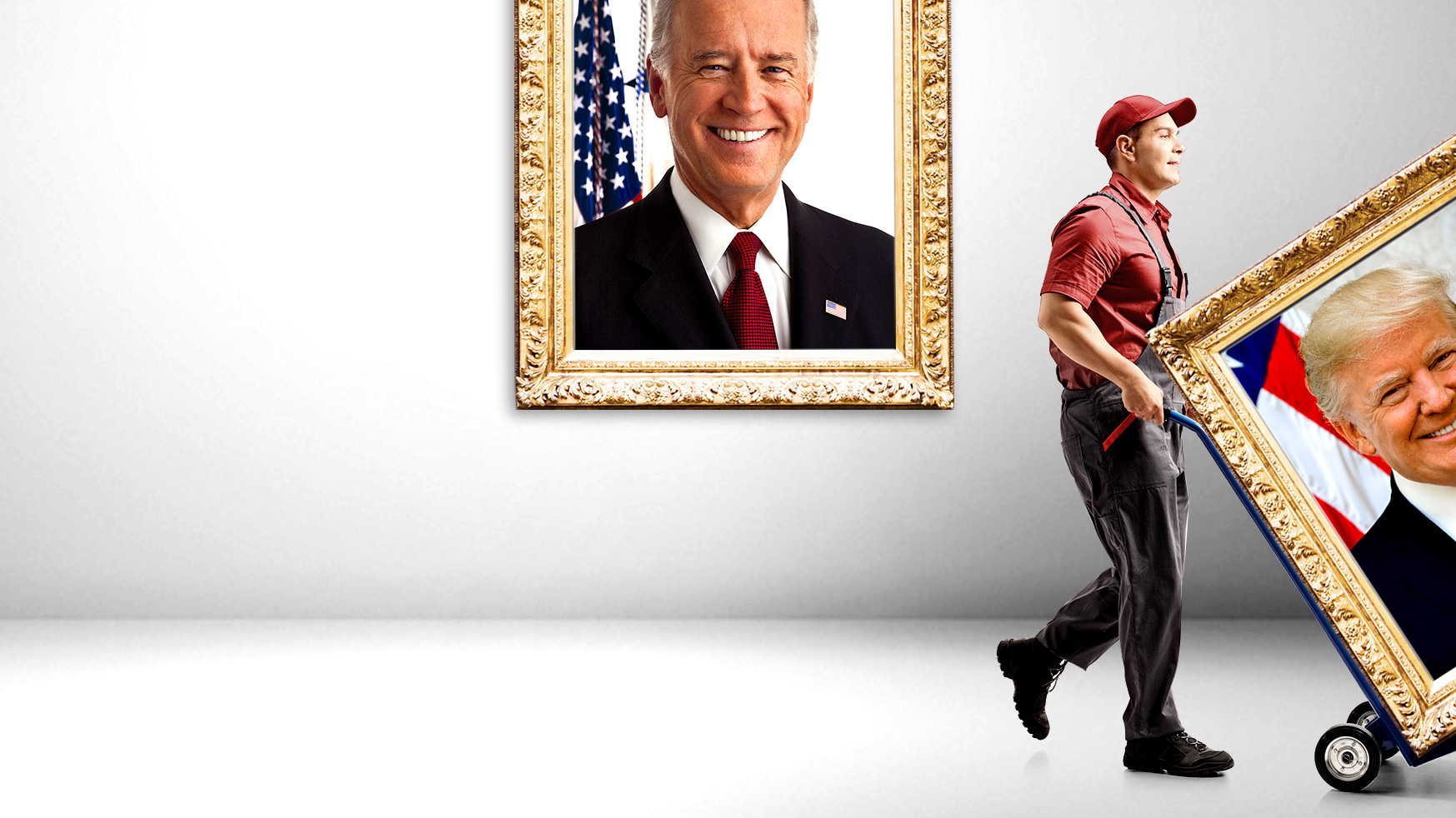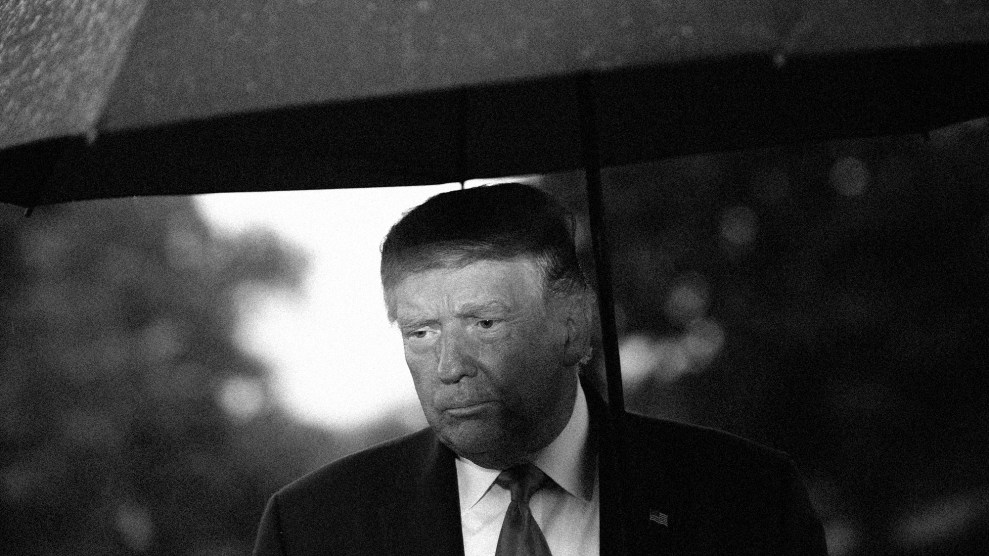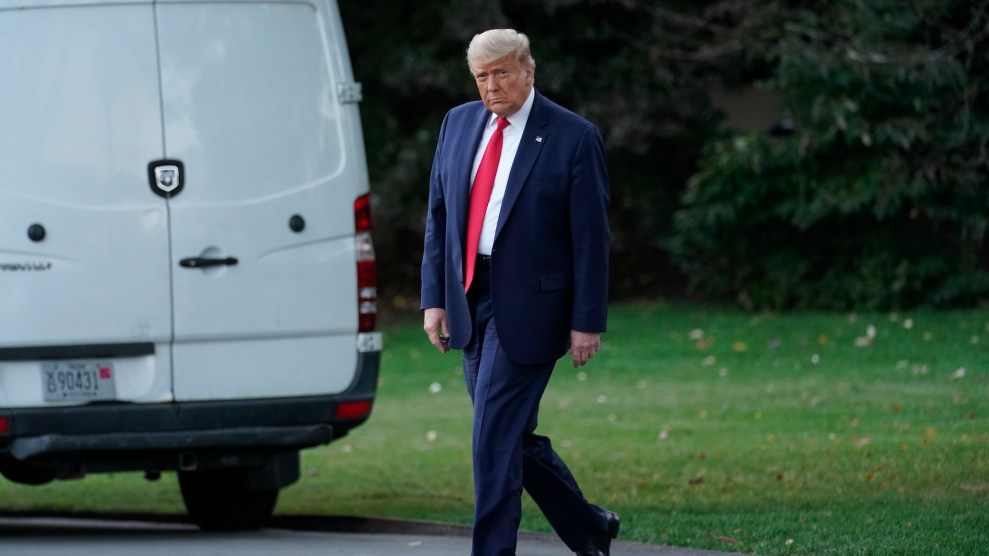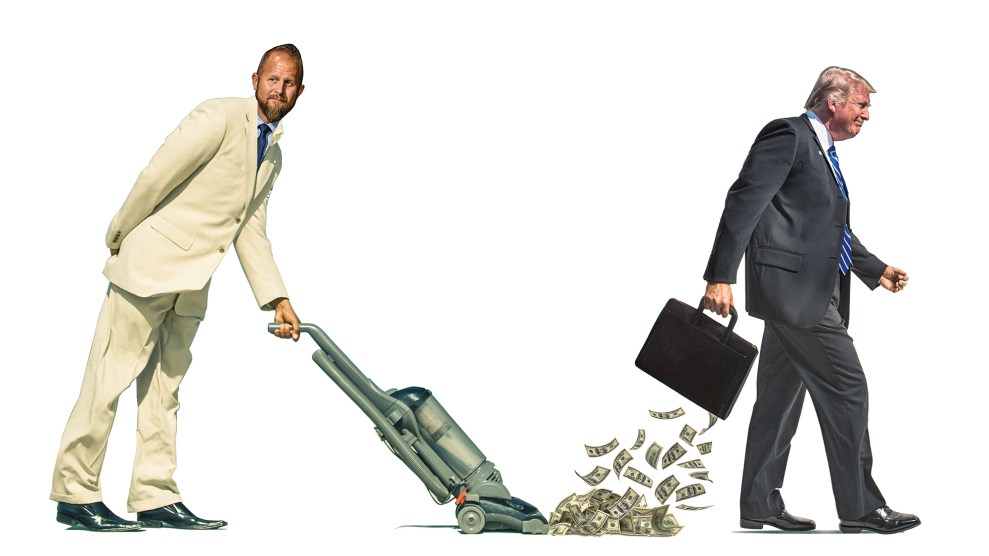President Donald Trump lost to Joe Biden in a nail-biter election in key swing states, demonstrating both the president’s enduring appeal among his fervent supporters and his inability to expand his sphere of support. Going into election night, the polls appear to have missed the enthusiasm of Trump’s base, which turned out in force to reelect him. But firing up his supporters wasn’t enough to win, especially after Trump had turned off key constituencies over the last four years. The close margins in swing states show how close Trump was to reelection—and how he let opportunities to ensure it slip through his fingers.
After assuming office in January 2017, Trump wasted no time in building a campaign operation that his campaign manager unironically nicknamed the Death Star. He amassed a war chest before Democrats even started running. As their primary raged, the economy was strong enough for voters to keep faith in Trump’s handling of it. His team exuded confidence they would coast to victory. Then, the coronavirus hit.
Since Biden did not win in a landslide, it’s easy to think that the result could have been different if the country were not enduring a global pandemic that has killed more than 230,000 Americans and battered the economy in the span of just eight months. Once it arrived, it was inevitable the coronavirus would shape the 2020 contest. But it didn’t have to be a drag on Trump’s reelection. If he had responded responsibly, it could have been his golden ticket to a second term by proving his leadership skills to voters already slipping from his grasp.
When the pandemic arrived in force in March, national polls showed Trump was behind Joe Biden, then the presumptive Democratic nominee, by four percentage points. Trump had always been unpopular: he earned fewer votes than his 2016 opponent, and after the first week of his presidency, his approval rating never outstripped his disapproval rating. Rather than reach out to disaffected Republicans and independents, Trump pushed a xenophobic agenda that pandered to his base, alongside a conservative economic agenda that betrayed his populist appeals of 2016. His approval of white supremacists and his bullying demeanor immediately turned off voters who had hoped he would become presidential once in office. In the 2018 midterms, his party lost decisively in a rebuke of the administration’s agenda. But when the virus arrived, Americans were willing to give him a shot.
“Trump’s best opportunity to get reelected was in his handling of the pandemic, particularly in the spring when it hit,” says Jesse Ferguson, a Democratic strategist. “We saw early data where people wanted him to succeed, because they didn’t want the virus to be this bad. But he failed so miserably that he squandered the opportunity.”
Initially, a small majority of people thought Trump’s response to the virus was going fine. According to a weekly poll tracking how Americans view the pandemic from Navigator Research, a progressive polling collective, in March they approved of his handling of the pandemic by a margin of 52 to 42 percent. “There certainly was a rallying-behind-the-leader effect,” says Bryan Bennett, who took part in the research as the head of polling and analytics at the Hub Project. “Trump had an opportunity to at least develop a little bit more goodwill with the public.”
Then he blew it, and the poll quickly picked up growing misgivings. Respondents came to believe that Trump was downplaying the risk of infection, bucking the advice of doctors and scientists, and lying to the American people. (Democrats and their allies didn’t waste time mounting ad campaigns reminding voters of Trump’s virus failures.) In late October, Navigator released its final pre-election survey, finding that such concerns about Trump remained unchanged, Bennett says, even “after he had had COVID, after we had gone through two surges, entering a third, nine million cases, over 220,000 people dead…The biggest difference is that Donald Trump’s approval on handling the pandemic is underwater by 16 points.” That number represents a 26 point drop from the group’s first poll.
The pandemic provided Trump a chance to do something the country liked, in contrast to two of his greatest policy weaknesses. Trump’s attempts to repeal the Affordable Care Act, first through Congress and currently through the courts, are unpopular. So was his tax cut, which disproportionately benefited the rich. But in response to the coronavirus, Trump could have focused on health care and stimulus, demonstrating an agenda responsive to working Americans. Instead, the virus cast a spotlight on the shortcomings of his conservative policies. He showed little interest in passing a recovery package during the summer and fall. Weeks before the election, he acknowledged he didn’t have any sort of replacement plan should the courts strike down Obamacare. In short, his actions in the pandemic did not win back the voters he had lost over the preceding three years, and likely lost him even more.
Instead, in late May, Trump seized on something else as his last best hope for reelection. Following the videotaped murder of George Floyd under the knee of a police officer, an estimated 26 million protesters hit the streets to demand an end to anti-Black police brutality. To Trump, it was a chance to transform the election into a referendum on, as he began incessantly tweeting, “Law & Order!”
Trump sought, like Richard Nixon in 1968, to ride a wave of white racial angst over race riots to a presidential victory. But to millions of Americans, Floyd’s death was a wake-up call that the country remained mired in systemic racism. People were genuinely alarmed by his death, alongside the killings of Ahmaud Arbery, Breonna Taylor, and the ever-growing list of Black people killed by police. They were further alarmed by images of excessive force against protesters, including an elderly man whom Buffalo police shoved to the ground and left bleeding from the head.
On June 1, federal agents used chemical irritants to disperse peaceful demonstrators in Lafayette Park outside the White House so that Trump could walk a few feet to St. John’s Church, where he held up a bible for a photo op. When Navigator Research asked people if they approved of how chemical agents had been used on the protesters, only 23 percent of respondents said yes. According to the poll, “that still remains the most disapproved of action that Trump has taken,” Bennett says. Democrats realized the photo-op, intended to bolster Trump’s image, was moving voters away from him. The picture soon began appearing in pro-Biden ads.
Trump misjudged the uprising, which was not just a moment of Black protest, but a multi-racial coalition against longstanding injustice. Nevertheless, Trump’s campaign reoriented its focus toward the protests, portraying Democrats as the party of lawless rioters and Antifa mobs. Support for the protests largely held up, and as the campaign wore on, Trump’s appeals became more explicit. He obsessed in particular over suburban women, warning them, in so many words, that their neighborhoods were at risk of a non-white invasion. “Suburban women, will you please like me?” he said in Johnstown, Pennsylvania, in October.
But the pleas were too late. All you had to do was look at Republicans’ shellacking in the suburbs in 2018 to know that women living there were already bolting from the GOP. Trump’s desperate message of racial fear wasn’t winning enough of them back. Many saw Floyd cry out to his mother as he was being killed, and dismissed Trump’s racial demagoguery. By September, 64 percent of suburban woman disapproved of the president. “This is factoring in six months of the pandemic. This is factoring in the protests against police brutality and racial injustice,” Bennett says.
Another group estranged by Trump are independent voters, who broke for him in 2016, but in 2020, early indications suggest, broke for Biden. A third critical subset is seniors, usually a stalwart Republican cohort, who drifted toward Biden. For many in the group most at risk from the virus, the fact that Trump seemingly gave up on controlling it proved to be a dealbreaker. Trump’s team wagered that there were more Trump supporters waiting to be turned out than had voted in 2016, and invested significant resources and its entire digital strategy to locating them. This base-focused strategy was supposed to overcome his shrinking support among these other groups. And it worked, to an extent: Turnout did expand among his base. Trump’s campaign also smartly saw an opportunity among Latino men in particular. It eased up on his anti-immigrant rhetoric as the election neared and instead targeted Latino voters. The strategy brought them important gains in the Latino community. But this base expansion wasn’t enough to make up for his losses elsewhere. Biden’s gains, both in new voters and defectors from Trump’s 2016 coalition, won the day.
Trump’s ability to win back groups he was losing was doomed because he remained so loyal to his base—even when stoking their fervor came at the cost of winning other voters. It’s why Trump shocked the country when he refused to denounce white supremacists during his first debate with Biden. It’s why he continued to hold rallies, which studies show helped spread the surging coronavirus, even though only his most dedicated followers thought holding large mask-less gatherings was a good idea. The emerging results suggest that strategy was enough to win something under half the votes cast, but not quite enough to win him a second term.
“From the American carnage moment in his inaugural speech until the end of the campaign where he’s promising to fire Dr. Fauci, nothing he has done has expanded his coalition,” says Ferguson. “All he’s done has been focused on getting as many claps from them as often as he can.”
Trump’s loss feels like an acute failure to rise to the moment—a feature not just of his presidency but also of his personality. He could not seize on the opportunity the pandemic presented because he was too incompetent, too corrupt, and too narcissistic. Instead, he saw it as a personal attack, complaining to advisers that China had sent the virus to thwart his reelection.
Rather than care about the lives at risk, when the pandemic hit blue states first, he shrugged off the casualties. Rather than send help to states like Michigan, he attacked Democratic Gov. Gretchen Whitmer for lockdown measures to get the outbreak under control. Rather than let the experts in the federal bureaucracy handle the pandemic response, he let his son-in-law Jared Kushner bring in a group of ethically conflicted businessmen of dubious expertise to coordinate a national response. Some may have enriched themselves while failing to quickly implement a once-promised national testing and tracing strategy—one still lacking seven months later on Election Day. A corrupt government is not an effective one.
The president’s campaign, run by sycophants, acted in a similar fashion. Like his businesses and his administration, his campaign was also run under the influence of his family, which prides itself on self-enrichment. As campaign manager, Trump chose Brad Parscale, a political neophyte whose primary qualification, beyond serving as Trump’s 2016 digital director, was that he had ingratiated himself with Kushner and Trump’s children.
Trump’s instinct to pump up his base with extremist rhetoric and enjoy the adulation of his diehard fans went unchallenged by Parscale, who, hired for his loyalty, was in no position to question Trump’s strategy. In fact, Parscale had reportedly earned the president’s trust by indulging his racist instincts as a campaigner. Parscale also took another page out of the Trump family playbook and began directing large sums of campaign funds toward his own companies (as well as payments to Trump’s daughter-in-law Lara and Don Jr.’s girlfriend, Kimberly Guilfoyle). Trump’s final campaign manager, Bill Stepien, announced an investigation of Parscale’s finances when he replaced him in July.
The campaign slugged through the final months with neither a strategy to win back the voters Trump had lost, nor enough cash for a strong finish. Trump entered October with a third of the money that Biden had. Yet even as his campaign ran low on cash, it continued to benefit the Trump family. In September, the New York Times reported, the campaign and joint party committee made a $640,476 payment to the Trump Hotel Collection.
Though the effectiveness of television and social media spending are often over-hyped, it never helps to be outgunned in advertising while down in the polls. However much the Trump campaign’s cash crunch contributed to Trump’s loss, it was also a symptom of its dysfunction; a campaign that put extremist ideology over pragmatic politics and self-dealing over winning.
In an election that came down to narrow margins in several states, his campaign’s financial shortfall and base-only strategy just wasn’t enough to replicate Trump’s narrow victory four years ago.

















